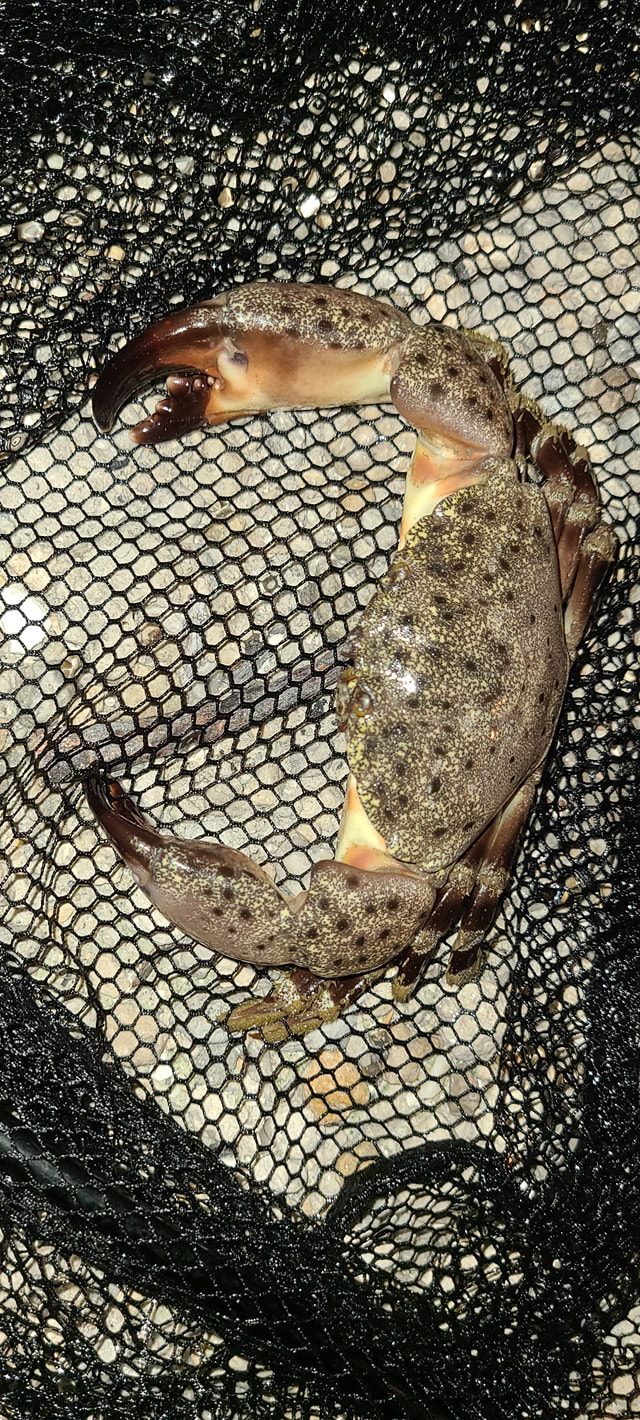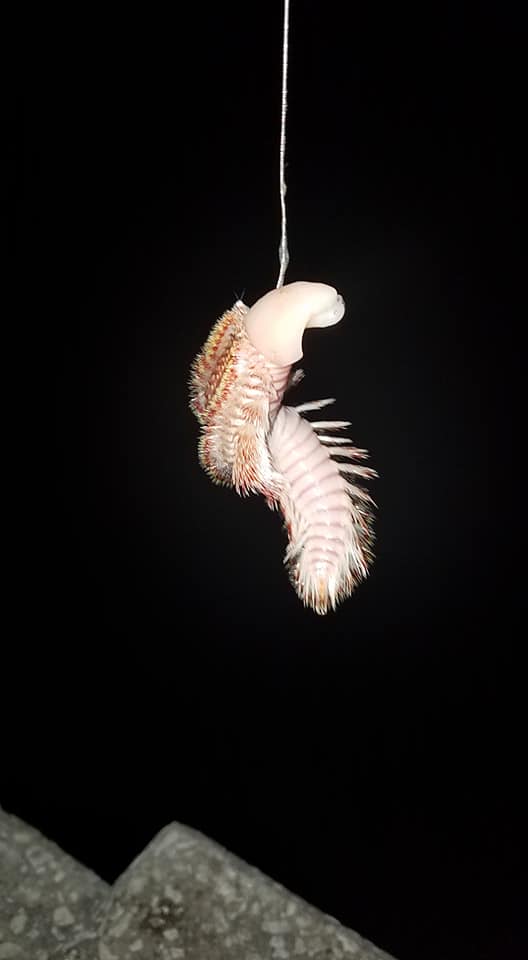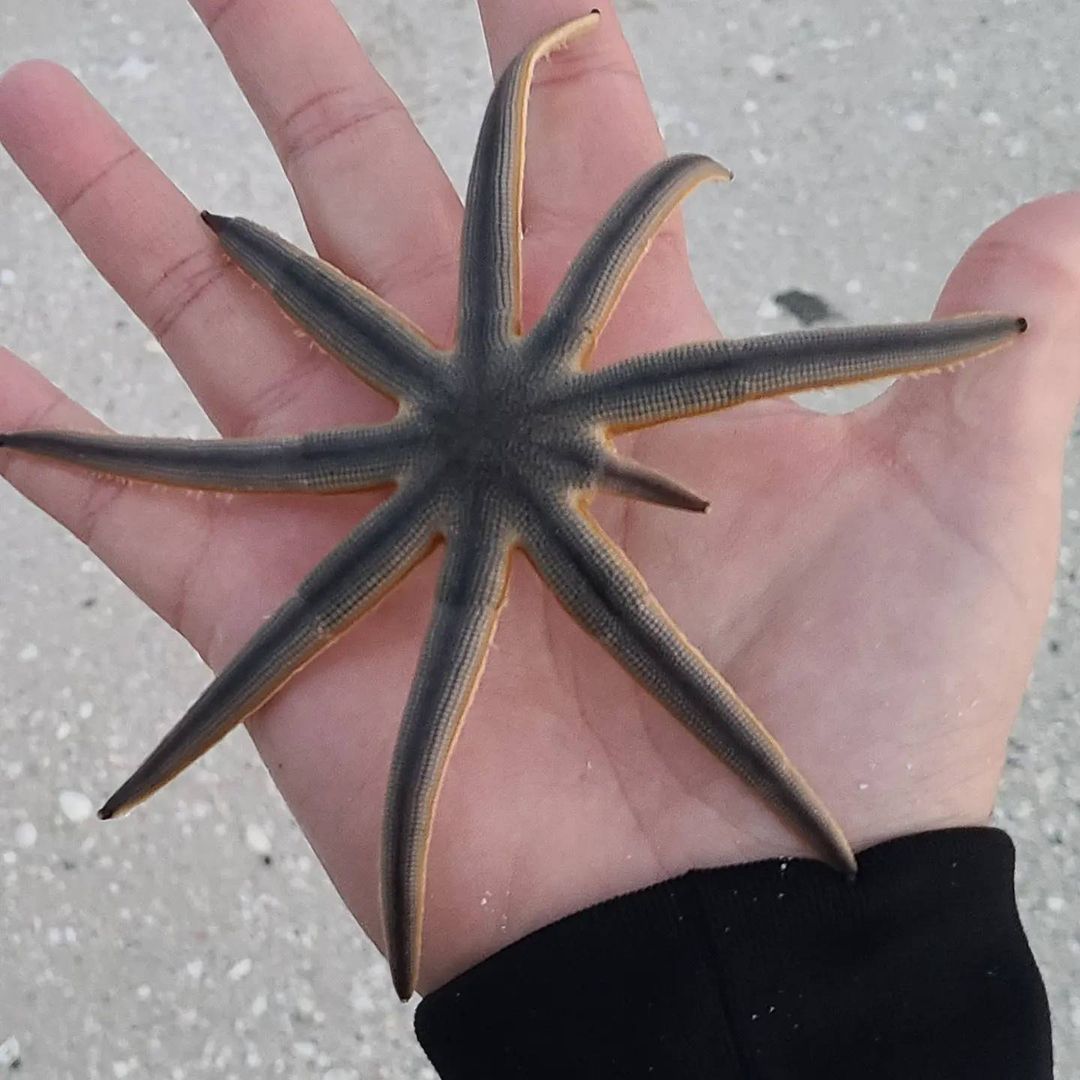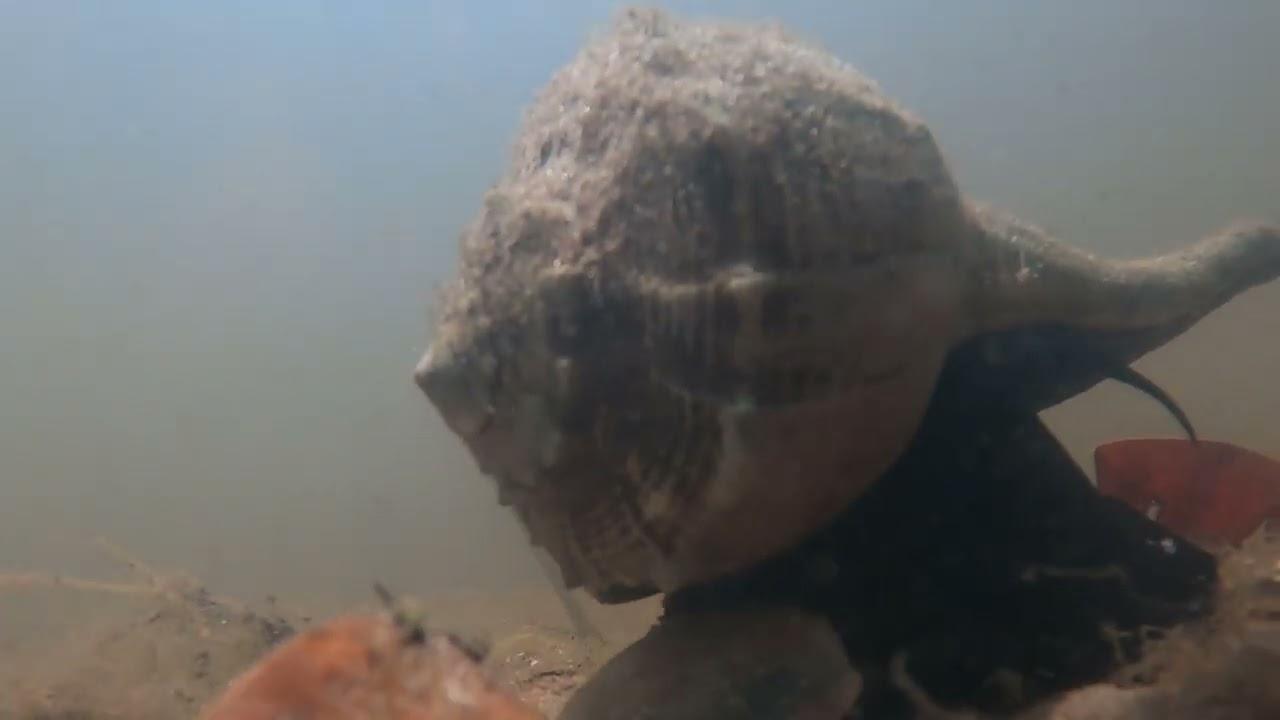Stone Crab Identification
Stone Crab
Crustaceans have always fascinated marine enthusiasts, and among the many intriguing species, stone crabs stand out for their unique characteristics. With their impressive claws and distinctive appearance, these marvelous creatures have captured the attention of researchers and seafood lovers alike. In this blog post, we will delve into the world of stone crabs, exploring their identification features, habitats, and conservation efforts. So, let’s dive in and learn all about these fascinating crustaceans!
Overview of Stone Crabs
Stone crabs, scientifically known as Menippe mercenaria, are native to the western Atlantic Ocean, specifically the Gulf of Mexico and the southeastern coast of the United States. They belong to the family Menippidae, which includes other crab species as well. Stone crabs are known for their large, powerful claws, which they use for defense and hunting. These claws can regenerate if lost, making them a unique and remarkable characteristic of this species.
Identification Features
Identifying stone crabs can be an exciting and informative activity. Here are some key features to look out for:
– Claw Size and Shape: The most distinguishable characteristic of stone crabs is their enormous claws. The larger claw (called the “crusher” claw) is rounded with blunt teeth, while the smaller claw (the “pincer” claw) is narrower and has sharper teeth. The size and shape of the claws vary between males and females, with males generally having larger claws.
– Color: Stone crabs have a brownish-olive color, which helps them blend with their rocky habitats. The coloration may vary slightly, depending on the specific environment where they are found.
– Carapace Shape: The carapace (the hard upper shell) of stone crabs is broader than it is long, with distinct markings and bumps. These markings can help differentiate them from other crab species.
Natural Habitat
Stone crabs are typically found in shallow coastal waters, ranging from sandy to muddy substrates. They prefer areas with rocky outcrops, oyster beds, and seagrass beds that provide them with food and shelter. Their ability to camouflage enables them to hide and ambush prey effectively. It’s essential to consider their preferred environment when searching for stone crabs or learning about their conservation.
Feeding and Hunting
Stone crabs are opportunistic feeders, primarily consuming bivalves, crustaceans, mollusks, and other small invertebrates. Their strong claws come into action during hunting, as they crush the shell of their prey to access the soft tissue inside. Their diet contributes to the balance of marine ecosystems, making them an important part of the food chain.
Fishing Regulations and Conservation
Stone crabs have faced challenges related to overfishing in the past. To ensure their sustainability and maintain healthy populations, specific fishing regulations have been implemented in many regions. These regulations often include size limitations for harvested claws, fishing seasons, and restrictions on female crabs. By adhering to these regulations, we can help protect stone crab populations and ecosystems.
Interesting Facts
– Stone crabs are incredibly resilient. If they lose a claw due to predators or accidents, they can regenerate the limb over time. This unique ability helps ensure their survival in the face of adversity.
– The size of a stone crab’s claw can vary significantly. Large males can possess claws reaching amazing lengths of over six inches! This impressive weaponry serves multiple purposes, including defense and hunting.
– Despite being widely known for their claws, stone crabs are often seen crawling along the seafloor by using their smaller, pincer-like claws. This movement resembles that of traditional “walking” crabs.
Prohibited Use:
Stone crabs are prohibited from being used as live bait.
Conclusion:
Stone crabs are marvelous creatures that capture our imagination with their awe-inspiring claws, remarkable adaptations, and vital ecological contributions. By understanding their identification features, natural habits, and conservation efforts, we can appreciate these crustaceans even more. So, the next time you spot a stone crab near the coast, take a moment to marvel at their beauty and appreciate their role in our marine ecosystems.
Share this content:




Post Comment
You must be logged in to post a comment.